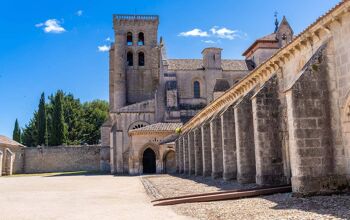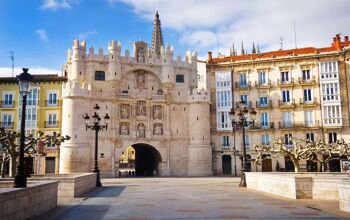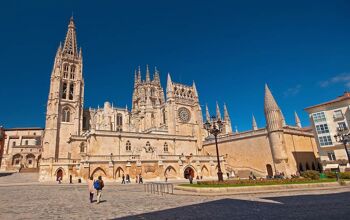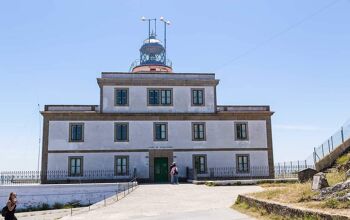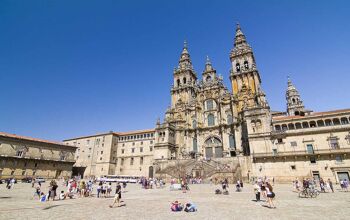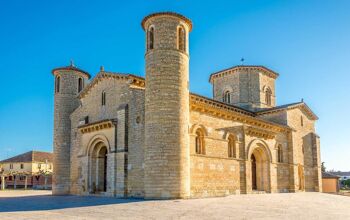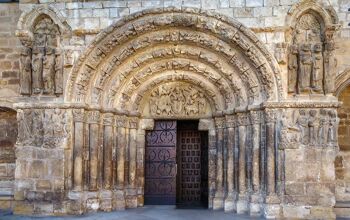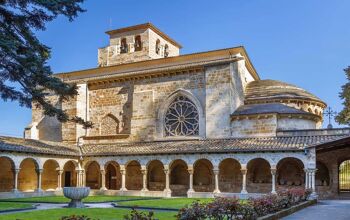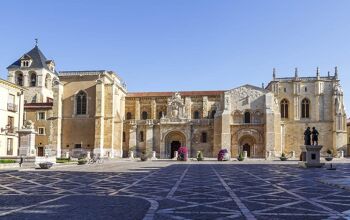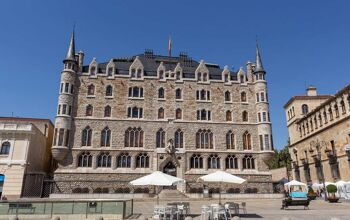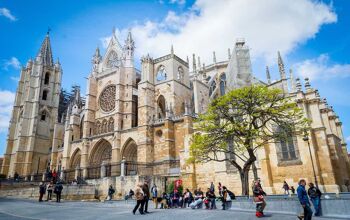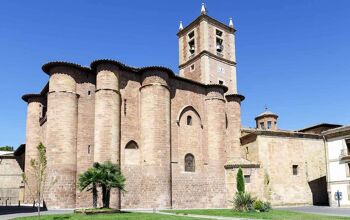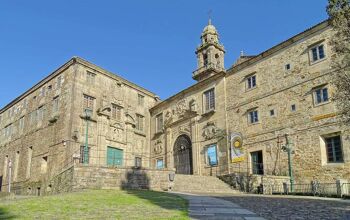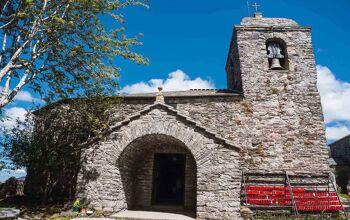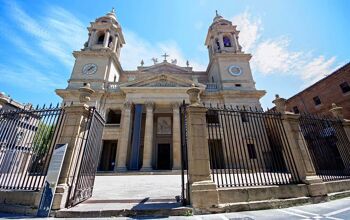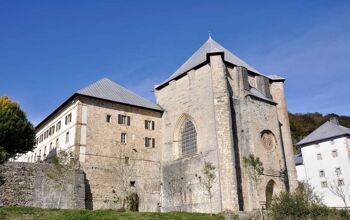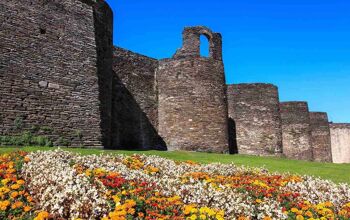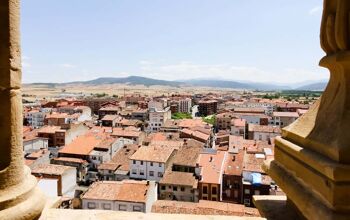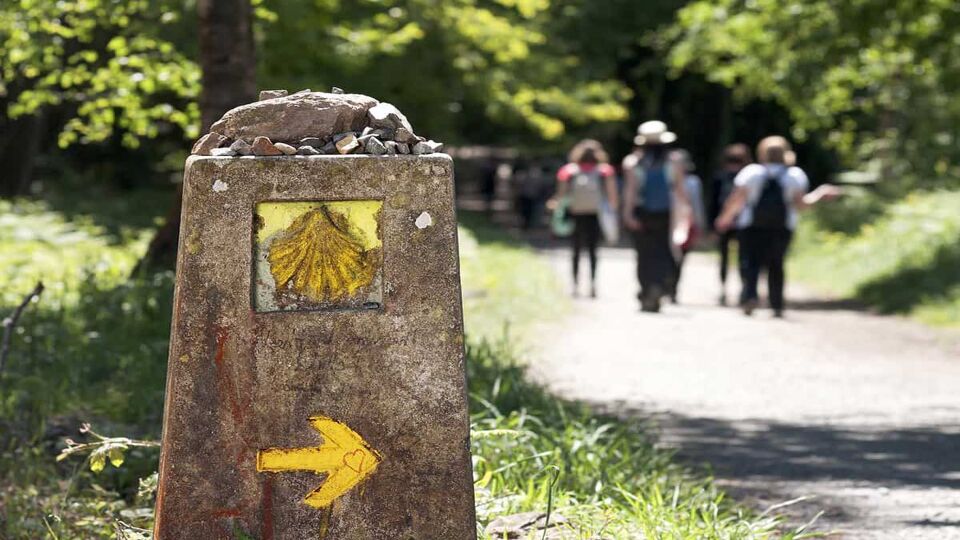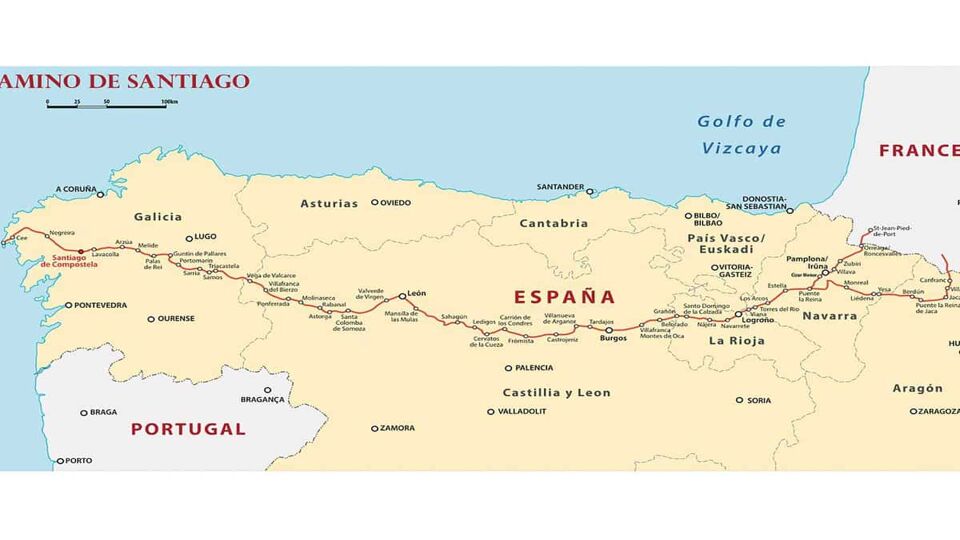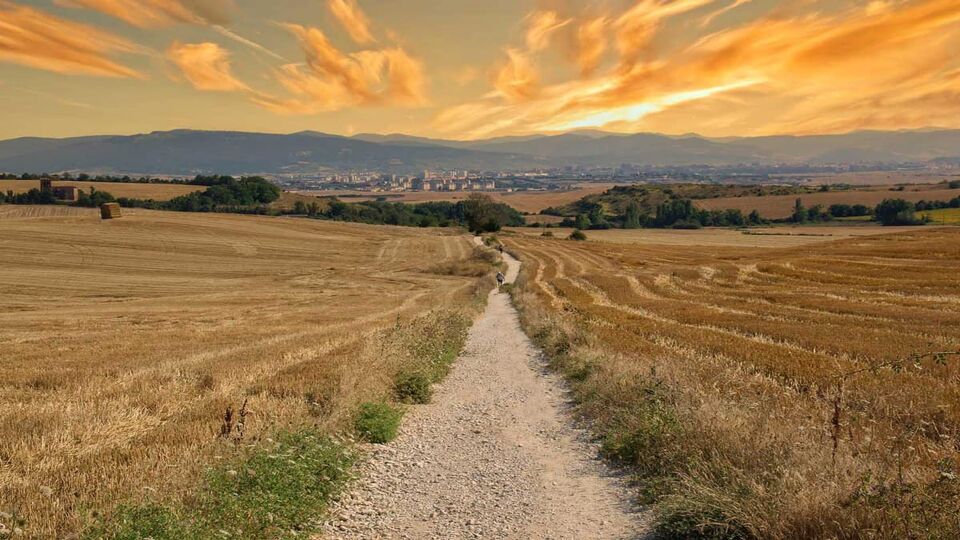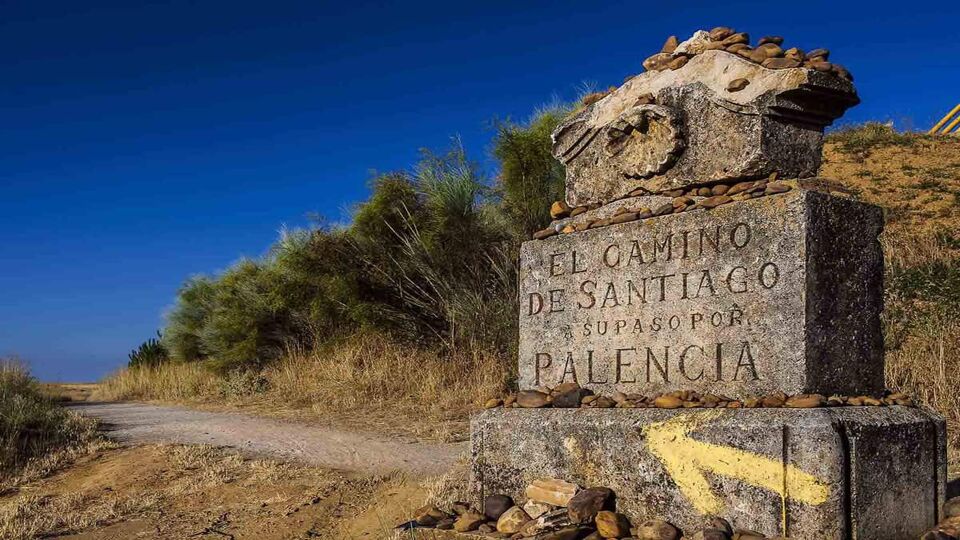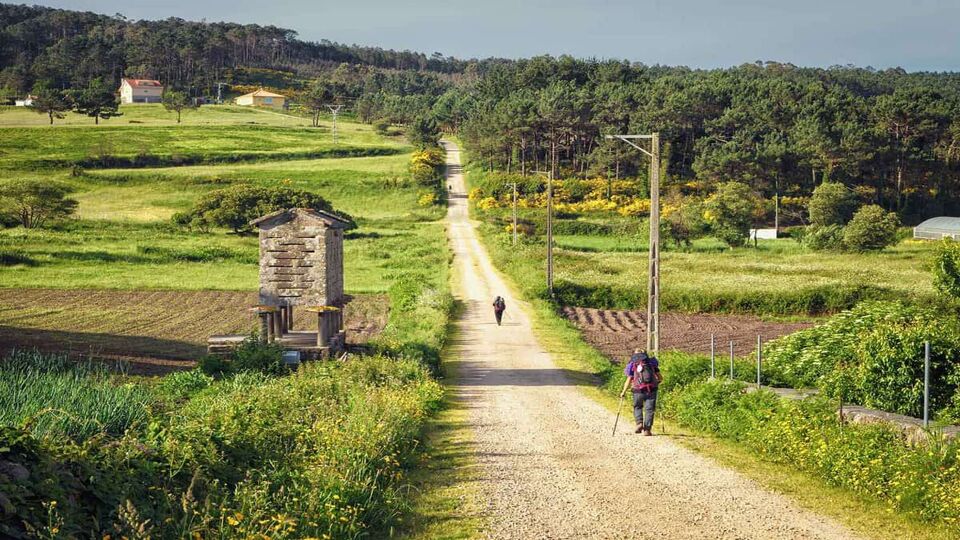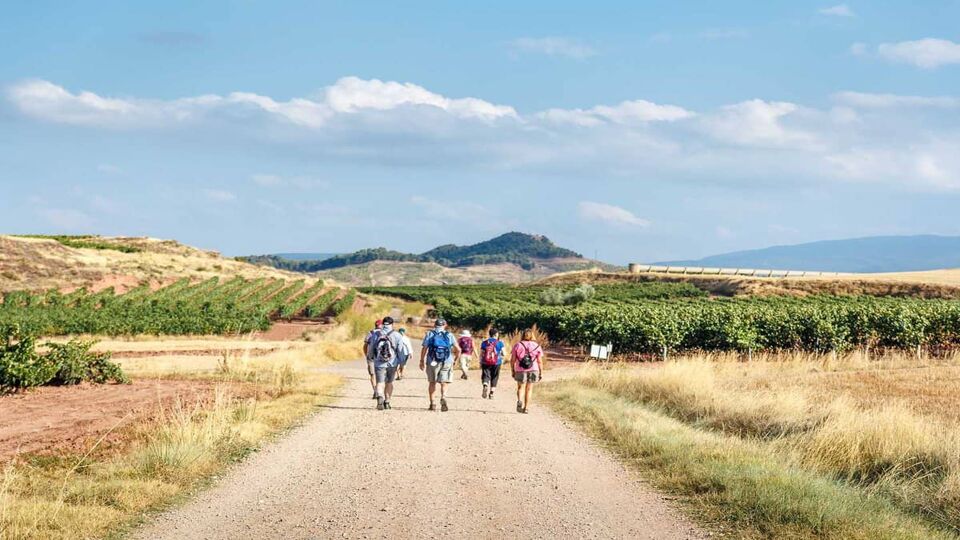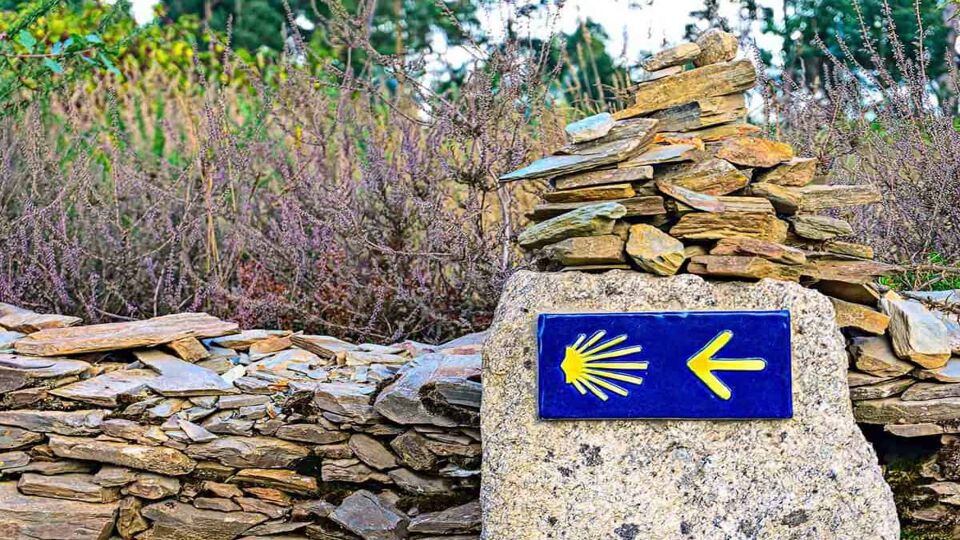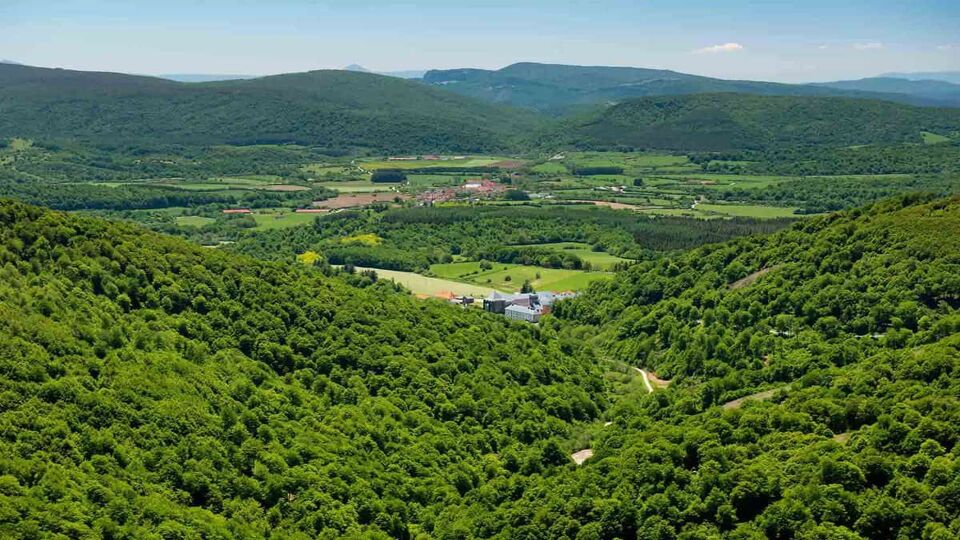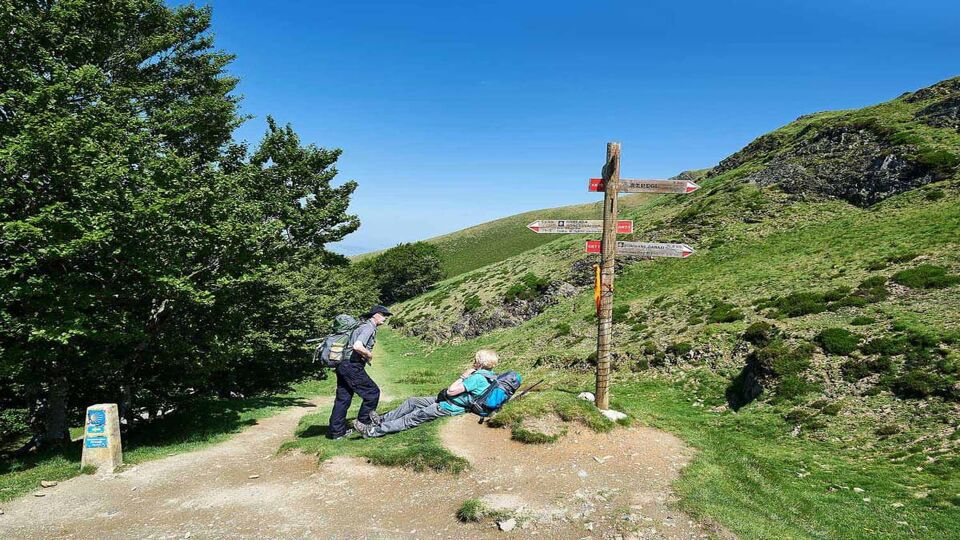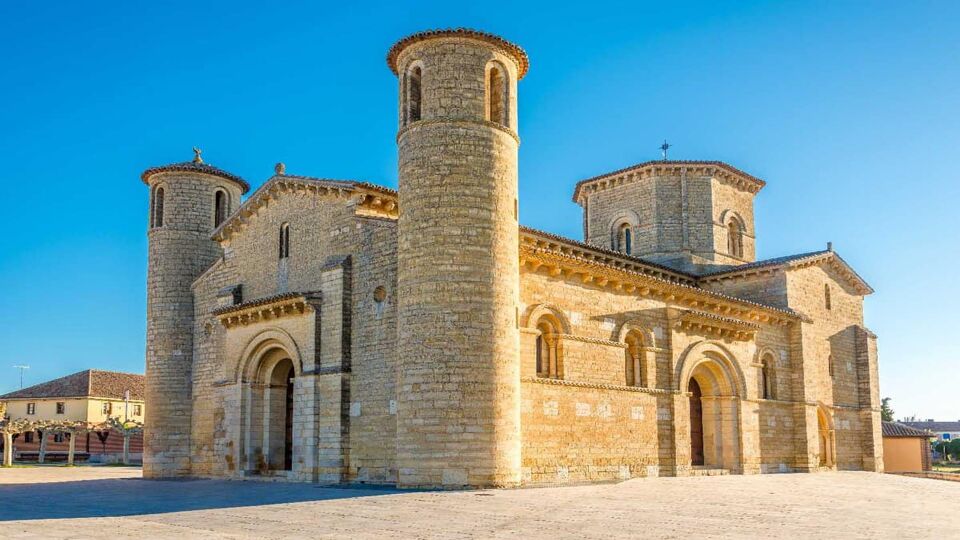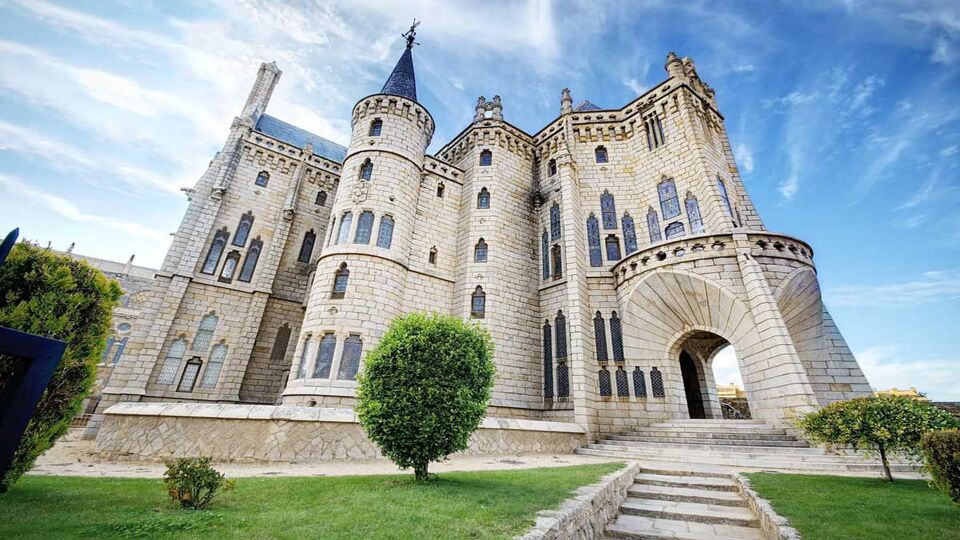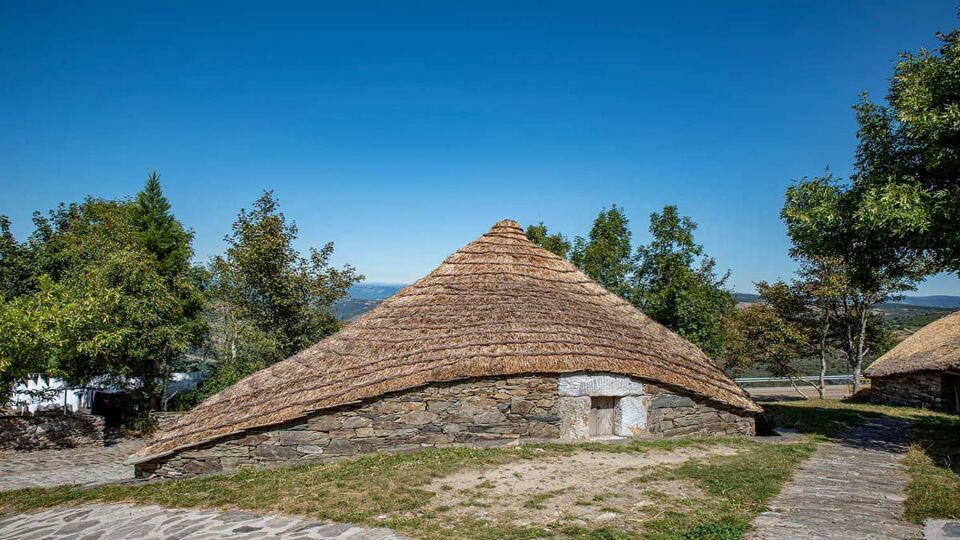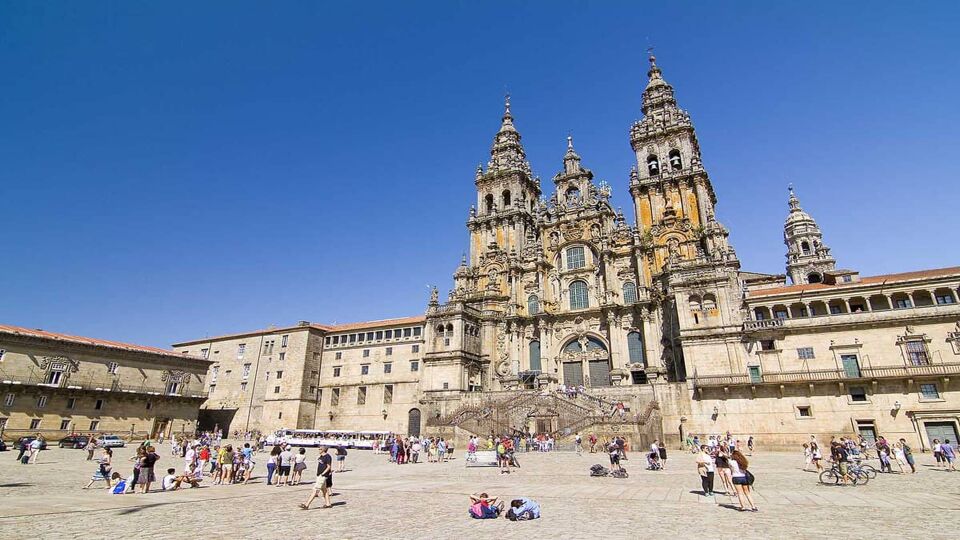The famously 1,450m pass over the Pyrenees in Navarra has seen more than its share of history. It’s where Charlemagne’s nephew Roland was famously ambushed by the Basques in the 778 Battle of Roncevaux (see the Chanson de Roland); Napoleon invaded this way, too, hence the name Route Napoleon.
Ascending from St-Jean-Pied-de Port, it also marks the first stage of the Camino Frances in Spain. It’s the hardest but one of most spectacular stages of the pilgrimage – an essential stop imbued with memories of the millions of pilgrims who passed through over the millennia.
The landmark 13th-century Gothic church, the Royal Colegiata was inspired by Notre Dame in Paris; along with its Treasures Museum, it offers a fascinating hodgepodge of legendary relics, paintings, manuscripts and goldwork associated with the Camino. One of the most astonishing sights is the effigy on the tomb of King Sancho the Strong, who really stood 7ft 4 and won a famous Reconquista battle in 1212.
